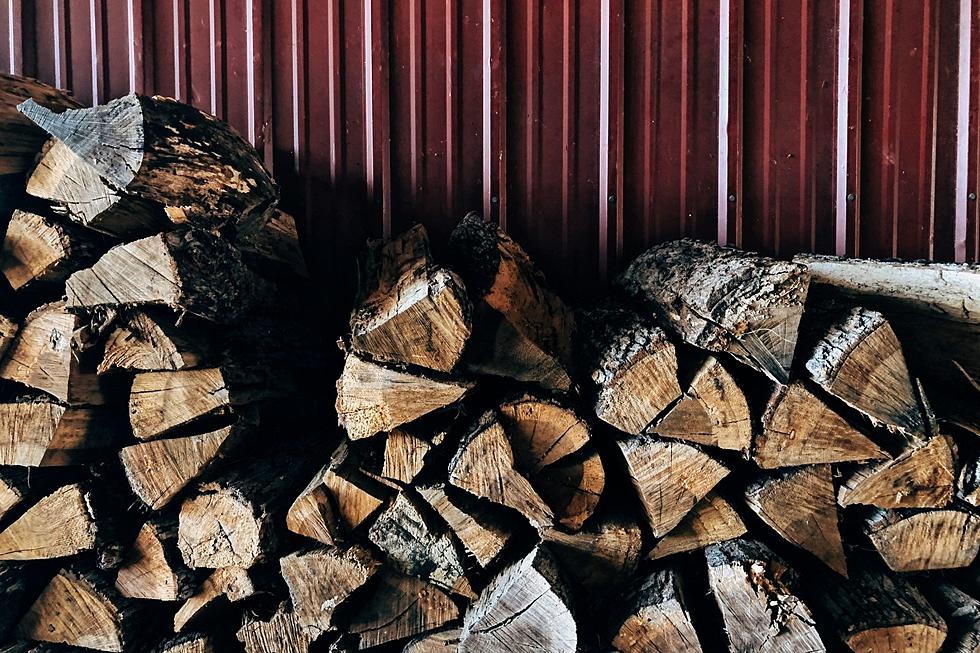
What’s the Perfect Wood for Your Maine Wood Stove?
As much as we hate to admit it, summer has come and gone.
We’re at the point where we find ourselves bracing for the inevitable chill, preparing to fire up our heating systems. For many, especially those reliant on wood stoves, this transition presents a unique challenge. Are you among those who turn on the heat at the earliest sign of cold, or do you take pride in enduring the chill for as long as possible?

For those who utilize wood stoves either as a primary or supplementary heat source, the choice of wood is crucial. It's true—wood is not a one-size-fits-all solution. Various factors, including cost, convenience, and burn efficiency, influence the type of wood that's best suited for the season.
Sorry, fellas, not all wood is made equally.
Questions about burn duration, heat intensity, and the need for tending the fire are important considerations before you start stacking your wood.
According to lumbarjax.com, key factors influence the choice of firewood. Efficient burning wood should have high density and low moisture content. Density provides substance for a better and longer-lasting burn, while low moisture ensures a brighter and sustained fire. The best firewood balances both high density and dryness.
If you're aiming for a longer-lasting fire, it's essential to consider the type of firewood—hardwood or softwood. Hardwood, sourced from trees like oak, hickory, and ash that shed their leaves in winter, tends to be denser and burns longer. On the other hand, softwood, obtained from evergreen trees like pines, firs, or spruces, ignites easily but burns out quickly due to its lower density. A recommended approach is to start the fire with softwood and then sustain it with hardwood for a more enduring burn.
Additionally, hardwoods generally produce more heat than softwoods, though not all hardwoods yield the same heat output. Oak, ash, birch, and hickory have a higher heat value compared to walnut and elm. In comparison, all hardwoods offer more heat than softwoods like pine and cedar.
To achieve an efficient and clean wood burn, the wood's moisture level should also be below 20%. This can be achieved through seasoning, a process where firewood is left to dry for six months to a year in a well-ventilated, rain-protected area. However, seasoning can only do so much and may not always reduce the moisture content below the ideal 20%, impacting the cleanliness of the burn.
As autumn, and eventually winter, settle in and we reluctantly bid farewell to summer, we grapple with the impending cold, navigating the nuances of selecting the right wood for our heating needs. It's evident that the key to a cozy and efficient wood stove lies in understanding the diverse attributes of firewood and embracing the knowledge that not all wood is created equal.
Absolute Top 10 Necessities To Survive A Maine Winter
Gallery Credit: DJ Fred
10 Fun Ways to Overcome the Maine Winter Blues
Gallery Credit: Cindy Campbell
5 Must Have Items For Your Car In The Winter
Gallery Credit: Dave Fields
More From









